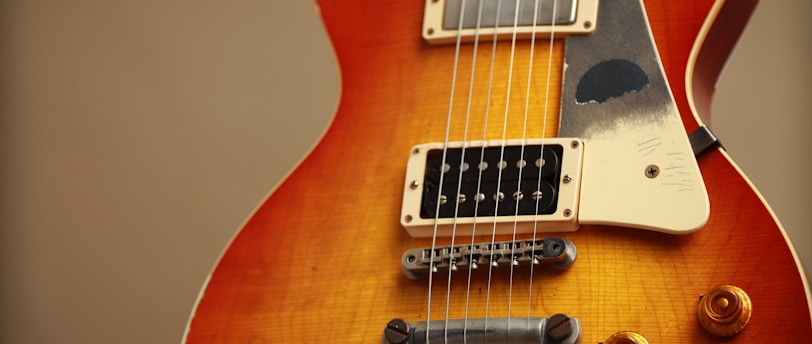
Elementary school guitar lessons
Elementary school guitar lessons
3/3/20232 min read


Elementary school guitar lessons
Welcome to today's guitar lesson! In this lesson, we will learn about the different parts of the guitar, how to hold it correctly, and how to play chromatic notes on the first four strings of each string.
Let's start learning about the different parts of the guitar. The body of the guitar is the biggest part and that's where the sound comes from. On the neck of the guitar you will find the tuning pegs and the fingerboard. The fingerboard is where you place your fingers to play different notes and chords.
Next, let's talk about holding the guitar. Sit with the guitar resting on your right leg (if you're right-handed) and make sure the body of the guitar is resting against your chest. Hold the neck of the guitar with your left hand so that your thumb rests on the back of the neck and your fingers on the fretboard.
Now we learn to play chromatic notes on the first four strings of each chord. Starting with the thickest string (E), place your first (index) finger on the first string (which is F), your second (middle) finger on the second string (which is F#), and your third (index) finger on your third finger (which is G) and your fourth (pinky) finger on the fourth finger (which is G#). Nowadays we call it E1 E2 E3 E and so on.
Go to the A string, put your first finger on the first string (which is A#), your second finger on the second string (which is B), your third finger on your third string (which is C), and your fourth finger on your fourth fret (which is C#). Nowadays we call it A1 A2 A3 A and so on.
On the D string, place your first finger on the first string (which is D#), your second finger on the second string (which is E), your third finger on your third string (which is F), and your fourth finger on your fourth fret (which is F#). Nowadays we call it D1 D2 AD3 D and so on.
Next let's move on to the G string. Place the first finger on the first note (which is G#), the second finger on the second note (which is A), the third finger on the third note (which is A#), and the fourth finger on the fourth fret (which is is B). Nowadays we call it G1 G2 G3 G and so on.
On the B string, place your first finger on the first string (which is C), second finger on the second string (which is C#), third finger on the third string (which is D), and fourth finger on the fourth fret (which is D#). Nowadays we call it B1 B2 B3 B and so on.
Finally, on the thinnest note (E), place your first finger on the first note (which is F), your second finger on the second fret (which is F#), your third finger on the third fret (which is G ), and your fourth finger on the fourth fret (which is G# ). Nowadays we call it E1 E2 E3 E and so on.
Remember to take your time and practice each language slowly and carefully. With time and practice, you can easily play chromatic notes on the first four strings of each string!
